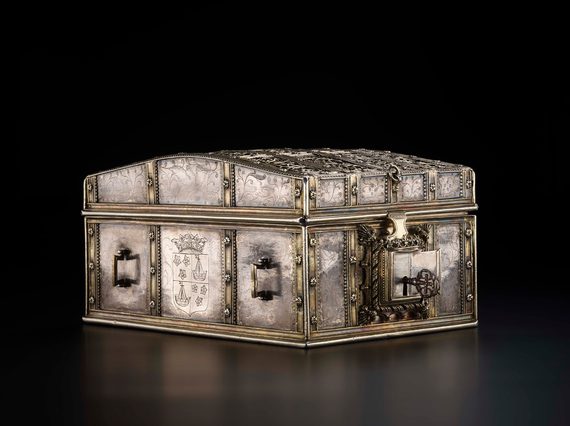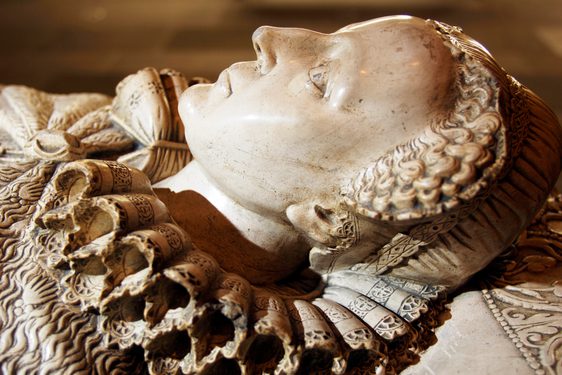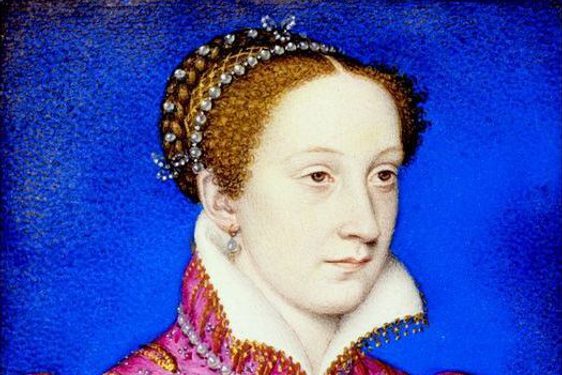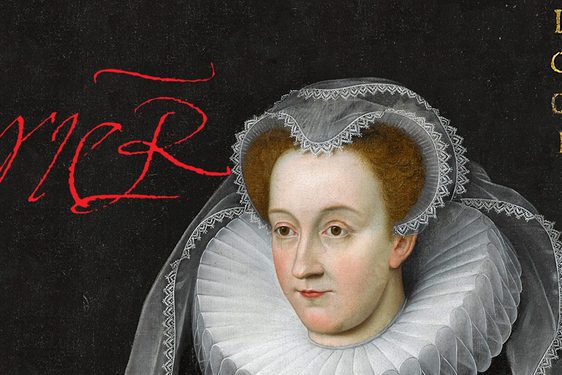
Mary, Queen of Scots and the silver casket
News Story
The Mary, Queen of Scots Casket is one of Scotland’s most cherished treasures, thanks to its long-standing association with the controversial queen. Take a closer look at this extremely rare work of early French silver and its associations with Mary, Queen of Scots.
This extraordinary casket is truly one of Scotland’s national treasures ... the magnificence of the piece speaks to a queen at the height of her powers, wealth and position.
Dr Chris Breward, Director, National Museums Scotland
Made in Paris at the end of the fifteenth or early sixteenth century, the survival of this casket is particularly significant. In the late 1600s, the French King Louis XIV ordered valuable objects like this to be melted down to pay for his armies. The casket escaped this fate because it had probably left France in the mid-1500s.
There are no other comparable French caskets known to exist from this period, making the Mary, Queen of Scots Casket particularly rare. It is likely that the belief in its association with Mary has kept it preserved for the past 450 years.
Dr Anna Groundwater, Principal Curator of Renaissance and Early Modern History, takes a closer look at the silver casket.


